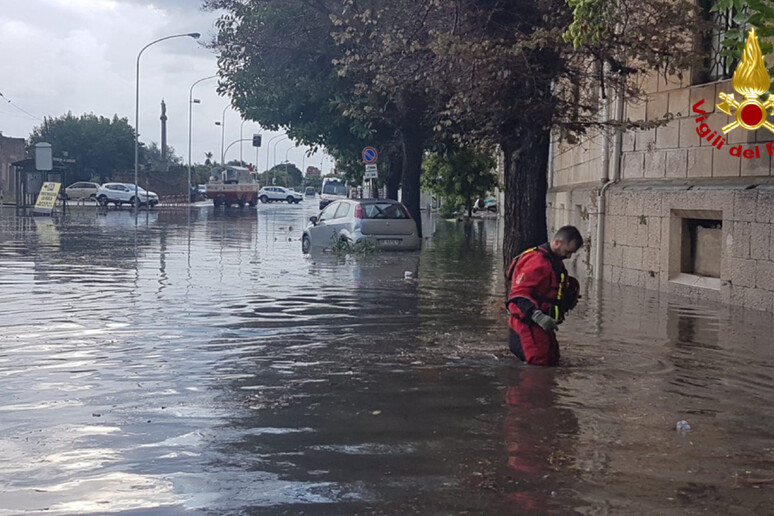(By Alessandra Briganti).
Climate change and its dramatic effects such as the floods which
have devastated northern Europe in the last few days are a
concrete and measurable reality, with an impact on our lives,
but also on our economies. In the period from 1995 to 2017,
floods, storms, droughts and earthquakes caused negative
economic shocks in the European Union with a resulting drop in
gross domestic product, causing almost 77 billion euros in
damage, of which 43.5 billion euros directly linked to natural
disasters, and 33.4 billion euros stemming from the economic
links with the areas hit by natural disasters. This snapshot,
rather dark, is produced by the Titan research project, carried
out by the European programme ESPON, which specializes in the
analysis of regional policy.
According to the researchers, central, eastern and southeastern
Europe were the areas relatively most affected by natural
disasters in economic terms. And Italy is among the most exposed
countries, where Abruzzo and several provinces of Lombardy,
Emilia-Romagna, Lazio and Puglia stand out as having been most
hit by the effects of climate change. It is no better in western
Europe, where the biggest effects have been seen in areas of the
United Kingdom, Ireland, Denmark, France and Spain.
Storms and floods are, among the natural disasters observed,
those which have left the heaviest economic effects and worst
disasters behind them.Between 1981 and 2010, these phenomena
caused 76% of the damage estimated by researchers, followed by
droughts and earthquakes, each responsible for 24%. The regions
most affected by natural disasters are not, however, necessarily
those that suffer the most economic damage. France and Germany,
for example, are the areas most affected by drought, but the
greatest damage caused by this phenomenon is registered in
Mediterranean countries (Italy and Spain above all) and
central-eastern Europe (Romania and Hungary).
"Natural disasters", the researchers write, "are not distributed
equally among the various areas. While danger may be the same,
their impact may vary considerably" according to the
vulnerability of a determined place. This is a complex variant
to define, made up of a multiplicity of factors - social,
economic, demographic, environmental and relating to governance
- that helps us understand why a natural disaster can turn into
a catastrophe.
According to the study, the most vulnerable and at-risk areas,
also in the near future, are situated in the Baltic region and
in eastern and southern Europe. Areas defined as "high" and
"very high" vulnerability in which, overall, are concentrated
116 million people out of a total of 528 million, equal to 22%
of the European population. Italy, Greece, Romania and Bulgaria
are the countries that have the majority of population resident
in very vulnerable areas, followed by Spain, Portugal, Hungary,
Poland and France.
ALL RIGHTS RESERVED © Copyright ANSA











